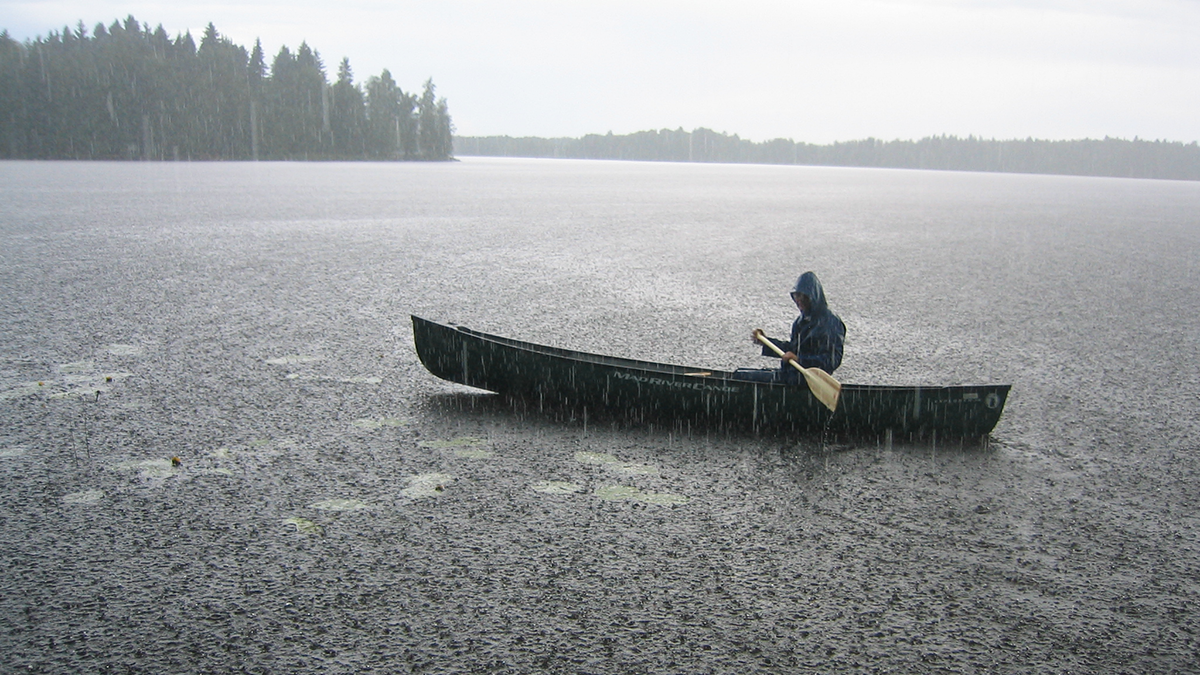Relatively warm and rainy July, especially in Lapland

According to statistics of the Finnish Meteorological Institute, July temperatures were near the long-term averages in western parts of the country, and in eastern and northern areas they exceeded the long-term average. The average temperatures for the month varied between the approximately 18 degrees in the south and southeast and about 13 degrees in Enontekiö in the northwest. The greatest deviation from the average for the 1991-2020 comparison period was in the Utsjoki area where temperatures were about two degrees above the average.
Temperatures rose above 25 degrees somewhere in Finland on 16 days, which is the same as the average for the 1991–2020 comparison period. The Harabacka observation station in Porvoo, and Asemantaus in Heinola had the greatest number of hot days; ten at each station. The record temperature for July this year was 32.3 degrees, which was recorded at the Oulunsalo Pellonpää station in Oulu on the first of the month.
The lowest temperature in July this year was 2.2 degrees, recorded at Naruska in Salla on the 9th of the month. This is the highest lowest July temperature recorded in the daily statistics since they were digitised in 1959.
July precipitation varied, record for rain set in Saariselkä
There was plenty of local variation in precipitation levels in July. Precipitation was lower in southern areas and in North Ostrobothnia, while there was clearly more rain than usual in Central and Northern Lapland. New records were set at two observation stations.
According to preliminary results, the Saariselkä travel centre observation station had the most precipitation for the month, 213.4 millimetres. The figure was the highest in the 46-year history of the station. Another local precipitation record for the month, 146.4 millimetres, was set at the Lokka observation station in Sodankylä.
The driest observation station was the Lumparland Längnäs harbour observation station where just 14.2 millimetres of rain came down. The greatest amount of precipitation in a single day (from 9:00 AM until 9:00 the following morning) was on 13 July: 58.1 millimetres, measured at Somero Salkola.
A total of 49,991 cloud-to-ground discharges of lightning were observed, which is about 10,000 fewer than the average for July. The greatest number of lightning strikes, 9,633, was recorded on 13 July.
Observation stations recorded fewer hours of direct sunlight than the long-term average. Especially in Lapland, the number direct sunlight was hours was 25–35 hours below the long-term average.
Further information:
Climate statistics Weather statistics from Climate service tel. 0600 1 0601 (€ 4.01/min + local call charge)
